

Finn's SunPower Panels Review & Verdict
Finn Peacock has been a Chartered Electrical Engineer since 1998, and is ex-CSIRO
If you want solar panels likely to outlast others, spend the money on SunPower. The thick copper backing on their Maxeon cells makes them tough as hell.
But with most panels now coming with a 25 or 30 product year warranty, you have to really value SunPower's 40-year warranty (and be confident you'll be able to call on it for four decades) to justify the extra expense for these Rolls-Royce of solar panels.
SunPower Australia sells both premium Maxeon-series and affordable Performance-series solar panels, and is independent of SunPower USA, which has filed for bankruptcy. If you have SunPower panels your warranties are unaffected.
Another way of thinking about SunPower solar panels is that they are so well-made, the likelihood of ever needing to call on the warranty (in the first couple of decades, at least) is low.
SunPower Panels: Pros & Cons
- Premium product with higher than average efficiency
- Very long warranties available
- Long established
- Well-regarded relationship and support with Enphase
- Expense
- Efficiency margin has been eroded, the whole industry has caught up significantly
- Who's going to honour the warranty at 40 years?
About SunPower
TCL SunPower Global is a manufacturer of high-quality silicon wafers, solar cells, and solar panels. Until March 2025, SunPower operated under Maxeon Solar Technologies, headquartered in Singapore.
With over 40 years of industry leadership, SunPower is one of the longest-serving solar panel manufacturers globally. It has been present in the Australian market since 2009.
Australian Office
TCL SunPower Australia operates from its Melbourne office and maintains warehouses in Melbourne, Sydney, Brisbane, Adelaide, and Perth.
For all customer service, product and warranty enquiries you can call 1800 985 638.
SunPower Corporation Australia Pty Ltd
Suite 207/28 Riddell Parade,
Elsternwick VIC 3185
SunPower panels have been used in Australia for decades and have proven to be very reliable. They're also well-supported here. Because of this, Solarquotes has no problem recommending them.
Company History
SunPower was founded in 1985 in the United States by Richard Swanson. In 2011 a large portion of it was purchased by TotalEnergy, a French oil company that totally wanted to diversify out of oil. In August 2020 the solar panel manufacturing side of the business was separated from the US installation side and became a separate company -- Maxeon Solar Technologies. While no longer called SunPower, they still produce SunPower brand panels. This company is responsible for the warranties of any existing SunPower panels you may have.
There is still a company called SunPower in the United States, but they don't manufacture panels and have no presence in Australia. So long as you don't confuse them with Maxeon Solar Technologies and their SunPower brand panels, they can be safely ignored.
In March 2025, SunPower became a wholly owned subsidiary of its major shareholder, TCL. TCL is a global leader in consumer electronics and high-quality silicon wafer manufacturing, with annual group revenue of USD 42 billion.
Manufacturing Locations
According to their 2022 annual report, Maxeon Solar Technologies has factories in three countries:
- Malaysia: 1 solar manufacturing facility
- Philippines: 1 solar cell manufacturing facility and 1 cell manufacturing support and storage facility.
- Mexico: 2 solar panel assembly factories
The Malaysian factory produces solar cells and was upgraded in the first half of 2023 to produce 1.8 GW per year. It's in the city of Malacca where -- provided you avoid the hot stuff -- you can get great food even though in Dutch Malacca means "bad delicious". (Now I think about it, that's actually a pretty good description of the place...)
The Philippines manufacturing plant is in the city of Binan, south of Manilla. Binan isn't famous for any specific food, but you'll have no problem getting stuff with bananas in it there.
The Mexican facilities produce both Performance and Maxeon panels. Expansions at their Baja Mexico plant were completed in June 2023 and allow it to produce up to 1.8GW of Performance panels annually. We generally think of California as being part of the United States, but this part of Mexico is also called California. If a salesperson tells you Maxeon panels are made in California without mentioning it's the Mexican part or just says "North America" that's evidence they're not a trustworthy person.
Maxeon Solar Technologies has also announced they'll spend over USD$1 billion on a factory in New Mexico outside of Albuquerque. If it goes ahead, it will be completed in 2025 and produce solar cells and SunPower Performance panels. It will have 3GW of production capacity -- or maybe 4.5GW if they decide demand will be high enough.
Huansheng JV, the Chinese company that produces most SunPower Performance panels, appears to have its headquarters in Yixing and may have manufacturing facilities in Tianjin. Yixing is a "small" city of one million, while Tianjin has 13 million -- half of Australia's population.
Performance Panels
SunPower Performance panels are different from most, as they are shingle panels. These days it's common to cut solar cells in half to make half-cut panels. But shingle panels go further and cells are cut into four or five strips that are placed on panels so they slightly overlap each other. This hides the electrical contacts under the overlap so they don't block sunlight from hitting the cells.
SunPower's latest P7 panels have a 21.7% efficiency. While that's not bad, it's not exceptional these days.
Maxeon Panels
The solar cells in Maxeon panels are unique in having a copper backing that contributes to their durability. They also want you to know they have no grid lines on the surface of the cells, which is a helpful but not exceptional feature.
Maxeon panels are good at resisting the effects of partial shade. When a panel is partially shaded it generally doesn't just lose output from the shaded cells but unshaded ones can have their output reduced as well. This effect is minimized in SunPower Maxeon panels, so they can be a good choice in locations where they'll suffer partial shading for a significant part of the day.
Their Maxeon 3 panels have a 22.6% efficiency. While they used to lead the world in efficiency, other manufacturers are now catching up.
Heat Resistance
High temperatures lower solar panel efficiency. For SunPower Performance panels it declines by 0.29% for each degree over 25°C.
Maxeon panels can have excellent heat resistance. While it varies by panel, for their Maxeon 6 panels it's 0.27% per degree over 25°C.
2 Warranties
Solar panels come with two warranties:
- Product warranties that cover faults and defects in manufacturing and materials.
- Performance warranties that specify how much they are permitted to decline in capacity each year.
Product and performance warranties are the same length for SunPower panels, which helps keep things simple.
Product Warranties
SunPower Performance panels come with a 30-year product warranty. While not exceptional these days, it's still a long time. SunPower Maxeon panels do even better and have a 40-year product warranty -- the longest of any solar panel.
Performance Warranties
The performance warranty of SunPower Performance panels promises they'll lose no more than 2% of capacity in their first year and no more than 0.4% each subsequent year. So at the end of their 25-year performance warranty, they'll still have a minimum of 89.4% of their original capacity. This is better than most panels on the market.
SunPower Maxeon panels have, by far, the best performance warranty I know of. It lasts for 40 years, rather than the 25 years most panels have, and allows a maximum of 2% capacity loss in the first year and no more than 0.25% in subsequent years. This means after 25 years a Maxeon panel will still have a minimum of 92% of its original capacity and after 40 years it will still have at least 88.25%.
According to Maxeon Solar Technologies, only 1 in 20,000 Maxeon panels have been returned under warranty. This suggests they are highly reliable. But note it is possible for companies to massage these numbers to make them appear better than they are.
SunPower Reserve Home Battery
Maxeon Solar Technologies markets a battery under the SunPower brand called the SunPower Reserve. Its details are on our Battery Comparison Table.
SunPower has 8 solar panels in our database
Filter by:
SunPower Reviews (1164)
Show Most Relevant reviews from All time
- 5 star 1041
- 4 star 109
- 3 star 12
- 2 star 0
- 1 star 2
View Timeline
12 March 2025
16 December 2023
08 May 2023
14 February 2023
30 June 2022
31 May 2022
14 March 2022
13 September 2021
In a split array of 8 facing NNE 4 facing NNW and a further 4 panels on another part of the roof also facing NNW.
The invoice was tax Invoice NO. 16878 dated 23 December 2020
17 August 2021
The solar panels are working perfectly and the grid connection was seamless, partly because they were replacing an existing system. The Solaredge inverter is giving us a lot of useful feedback on where we use electricity and when. The App works straight away once the system is on the grid.
The solar cells look great with a low profile. I think the extra cost for Sunpower will pay dividends in the long run.
26 June 2021
Data reported in the enphase monitoring app and portal regarding Imported and Exported kWh agrees with data extracted from my smart meter to within +-0.1 kWh - which is important as it means the system is working perfectly.
20 April 2021
12 March 2021
That’s a big claim, but I know what products are out there and know that other installers are not that interested in keeping the customer happy. Truthfully this team went above and beyond to give us a good looking system. I believe it looks way better than the black colourbond itself. Pictures have been taken so check out the Solargain website or ring Rachael at Solargain Bundaberg, or do a drive by yourself. I’m also happy for you to ask me any questions.
18 January 2021
The new panels are SunPower Maxeon 395W. Four panels face due east with Tigo optimisers and 8 panels face due west - no optimisers. After 12 months the panels are working very well. They have generated a total of 392 kWh over 12 months in Sydney. They are generating power even when overcast. Very happy with these panels.
11 October 2020
04 February 2020
26 November 2019
14 October 2019
11 August 2019
10 December 2018
25 September 2018
04 April 2018
17 December 2017
11 September 2012
17 November 2025
An incentive was offered by Positive Energy Solutions Pty Ltd for this review. Learn more here.
24 September 2025
16 September 2025
23 September 2024
30 August 2024
An incentive was offered by AG Solar Pty Ltd for this review. Learn more here.
08 August 2024
An incentive was offered by AG Solar Pty Ltd for this review. Learn more here.
So far so good, we have not had any operational issues with our system and are happy.
17 June 2024
30 April 2024
05 April 2024
20 December 2023
An incentive was offered by SAE Group Pty Ltd for this review. Learn more here.
16 November 2023
25 September 2023
29 August 2023
10 August 2023
22 June 2023
07 June 2023
14 April 2023
20 February 2023
22 December 2022
20 December 2022
18 November 2022
19 September 2022
18 August 2022
18 August 2022
18 August 2022
02 April 2022
22 March 2022































































































































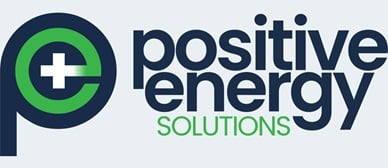

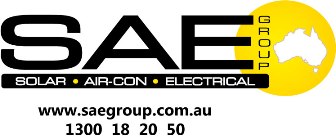

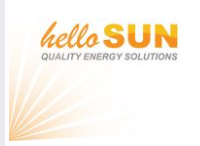
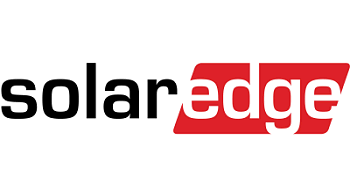

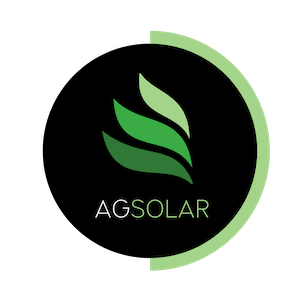
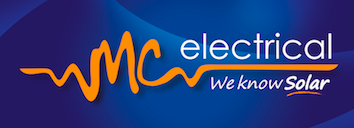

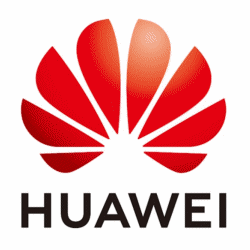

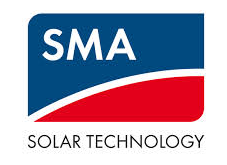
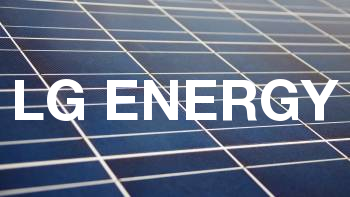
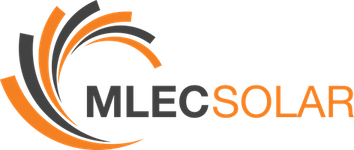
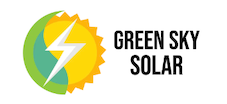

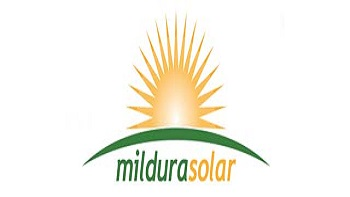




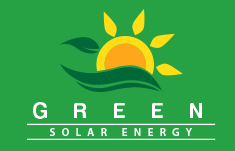
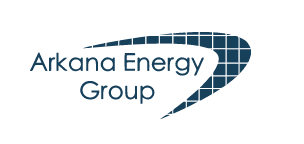





.jpg)


.png)